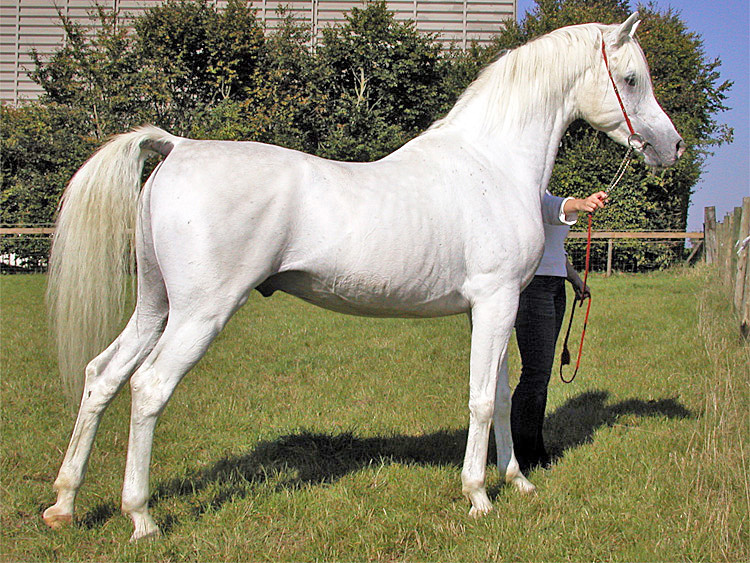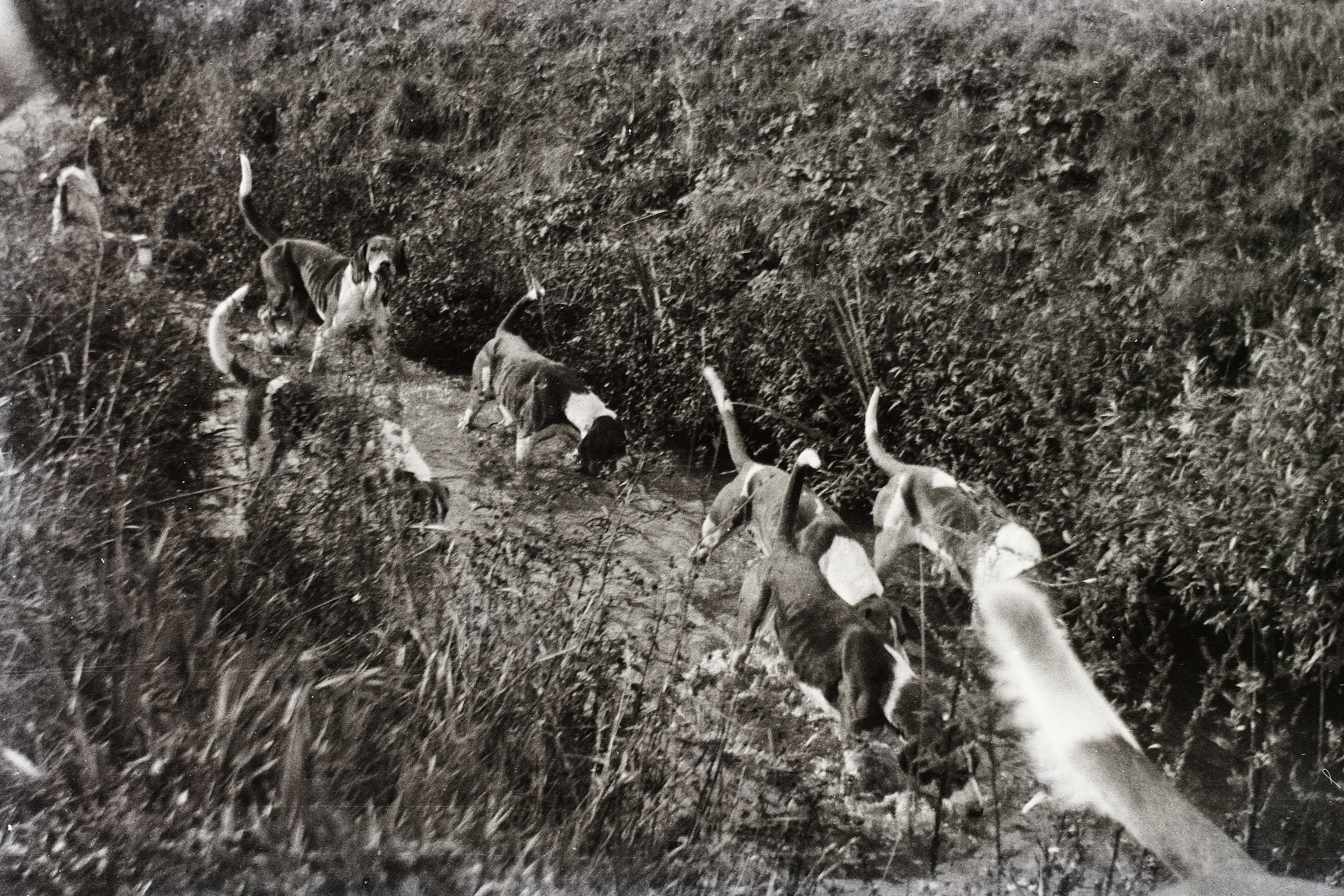|
Polecat–ferret Hybrid
A polecat–ferret hybrid is a hybrid between a wild European polecat (''Mustela putorius'') and a domesticated ferret (''Mustela furo''). Offspring of such a cross between the two animals typically have a distinct white throat patch, white feet and white hairs interspersed among the fur. It is currently impossible to distinguish pure polecats from hybrids through DNA analysis, as the two forms are too closely related and inter-mixed to be separated through current (2010) genetic methods. The advantages of polecat–ferret hybrids over purebred domestic ferrets include the hybrids' better eyesight, their greater physical capabilities, and their more independent nature. The disadvantages are that hybrids are less willing to be handled, require rigorous enrichment routines in order to prevent boredom, may refuse to enter unfamiliar burrows, and do not cope well with being caged. First-generation crossbreeds usually develop their wild parent's fear of humans if left with their mother ... [...More Info...] [...Related Items...] OR: [Wikipedia] [Google] [Baidu] |
Hybrid (biology)
In biology, a hybrid is the offspring resulting from combining the qualities of two organisms of different breeds, varieties, species or genera through sexual reproduction. Hybrids are not always intermediates between their parents (such as in blending inheritance), but can show hybrid vigor, sometimes growing larger or taller than either parent. The concept of a hybrid is interpreted differently in animal and plant breeding, where there is interest in the individual parentage. In genetics, attention is focused on the numbers of chromosomes. In taxonomy, a key question is how closely related the parent species are. Species are reproductively isolated by strong barriers to hybridisation, which include genetic and morphological differences, differing times of fertility, mating behaviors and cues, and physiological rejection of sperm cells or the developing embryo. Some act before fertilization and others after it. Similar barriers exist in plants, with differences in flowering tim ... [...More Info...] [...Related Items...] OR: [Wikipedia] [Google] [Baidu] |
European Polecat
The European polecat (''Mustela putorius''), also known as the common polecat, black polecat, or forest polecat, is a species of mustelid native to western Eurasia and North Africa. It is of a generally dark brown colour, with a pale underbelly and a dark mask across the face. Occasionally, colour mutations including albinos, leucists, isabellinists, xanthochromists, amelanists and erythrists occur. It has a shorter, more compact body than other '' Mustela'' species, a more powerfully built skull and dentition, is less agile, and is well known for having the characteristic ability to secrete a particularly foul-smelling liquid to mark its territory. It is much less territorial than other mustelids, with animals of the same sex frequently sharing home ranges. Like other mustelids, the European polecat is polygamous, with pregnancy occurring after mating, with no induced ovulation. It usually gives birth in early summer to litters consisting of five to 10 kits, which become ... [...More Info...] [...Related Items...] OR: [Wikipedia] [Google] [Baidu] |
Ferret
The ferret (''Mustela furo'') is a small, Domestication, domesticated species belonging to the family Mustelidae. The ferret is most likely a domesticated form of the wild European polecat (''Mustela putorius''), evidenced by their Hybrid (biology), interfertility. Other mustelids include the stoat, badger and mink. Physically, ferrets resemble other mustelids because of their long, slender bodies. Including their tail, the average length of a ferret is about ; they weigh between ; and their fur can be black, brown, white, or a mixture of those colours. In this Sexual dimorphism, sexually dimorphic species, males are considerably larger than females. Ferrets may have been domesticated since ancient times, but there is widespread disagreement because of the sparseness of written accounts and the inconsistency of those which survive. Contemporary scholarship agrees that ferrets were bred for sport, hunting rabbits in a practice known as rabbiting. In North America, the ferret has ... [...More Info...] [...Related Items...] OR: [Wikipedia] [Google] [Baidu] |
Purebreeding
Purebreds are "cultivated varieties" of an animal species achieved through the process of selective breeding. When the lineage of a purebred animal is recorded, that animal is said to be "pedigreed". Purebreds breed true-to-type which means the progeny of like-to-like purebred parents will carry the same phenotype, or observable characteristics of the parents. A group of purebreds is called a pure-breeding line or strain. True breeding In the world of selective animal breeding, to "breed true" means that specimens of an animal breed will breed true-to-type when mated like-to-like; that is, that the progeny of any two individuals of the same breed will show fairly consistent, replicable and predictable characteristics, or traits with sufficiently high heritability. A puppy from two purebred dogs of the same breed, for example, will exhibit the traits of its parents, and not the traits of all breeds in the subject breed's ancestry. However, breeding from too small a gene pool, ... [...More Info...] [...Related Items...] OR: [Wikipedia] [Google] [Baidu] |
Eyesight
Visual perception is the ability to interpret the surrounding environment through photopic vision (daytime vision), color vision, scotopic vision (night vision), and mesopic vision (twilight vision), using light in the visible spectrum reflected by objects in the environment. This is different from visual acuity, which refers to how clearly a person sees (for example "20/20 vision"). A person can have problems with visual perceptual processing even if they have 20/20 vision. The resulting perception is also known as vision, sight, or eyesight (adjectives ''visual'', ''optical'', and ''ocular'', respectively). The various physiological components involved in vision are referred to collectively as the visual system, and are the focus of much research in linguistics, psychology, cognitive science, neuroscience, and molecular biology, collectively referred to as vision science. Visual system In humans and a number of other mammals, light enters the eye through the cornea and is ... [...More Info...] [...Related Items...] OR: [Wikipedia] [Google] [Baidu] |
Boredom
In conventional usage, boredom, ennui, or tedium is an emotional and occasionally psychological state experienced when an individual is left without anything in particular to do, is listlessness and dissatisfaction arising from a lack of occupation or excitement, is not interested in their surroundings, or feels that a day or period is dull or tedious. It is also understood by scholars as a modern phenomenon which has a cultural dimension. "There is no universally accepted definition of boredom. But whatever it is, researchers argue, it is not simply another name for depression or apathy. It seems to be a specific mental state that people find unpleasant—a lack of stimulation that leaves them craving relief, with a host of behavioral, medical and social consequences." According to BBC News, boredom "...can be a dangerous and disruptive state of mind that damages your health"; yet research "...suggest that without boredom we couldn't achieve our creative feats." In ''Experie ... [...More Info...] [...Related Items...] OR: [Wikipedia] [Google] [Baidu] |
Wiley (publisher)
John Wiley & Sons, Inc., commonly known as Wiley (), is an American multinational publishing company founded in 1807 that focuses on academic publishing and instructional materials. The company produces books, journals, and encyclopedias, in print and electronically, as well as online products and services, training materials, and educational materials for undergraduate, graduate, and continuing education students. History The company was established in 1807 when Charles Wiley opened a print shop in Manhattan. The company was the publisher of 19th century American literary figures like James Fenimore Cooper, Washington Irving, Herman Melville, and Edgar Allan Poe, as well as of legal, religious, and other non-fiction titles. The firm took its current name in 1865. Wiley later shifted its focus to scientific, technical, and engineering subject areas, abandoning its literary interests. Wiley's son John (born in Flatbush, New York, October 4, 1808; died in East Orange, New Jer ... [...More Info...] [...Related Items...] OR: [Wikipedia] [Google] [Baidu] |
Socialisation Of Animals
Socialization of animals is the process of training animals so that they can be kept in close relationship to humans. Dogs The critical period of socialization commences when they are approximately three weeks old and will continue until they are twelve to fourteen weeks old, during which they move to the next stage of development, the juvenile period. This period of socialization is the time when puppies form social bonds, learn to explore and learn when/how to base fear. Additionally, this stage consists of teaching them how to appropriately react and habituate to environmental changes in preparation for adulthood. Habituation is the process when a puppy has gotten used to stimuli in their environment and therefore ignores it, deeming it non-threatening. The puppy's future personality will be greatly influenced during the socialization period. Their temperament and character is developed throughout this period as well, which will last for the duration of their life. During the s ... [...More Info...] [...Related Items...] OR: [Wikipedia] [Google] [Baidu] |
Norman Conquest Of England
The Norman Conquest (or the Conquest) was the 11th-century invasion and occupation of England by an army made up of thousands of Normans, Norman, Duchy of Brittany, Breton, County of Flanders, Flemish, and Kingdom of France, French troops, all led by the Duke of Normandy, later styled William the Conqueror. William's claim to the English throne derived from his familial relationship with the childless Anglo-Saxon king Edward the Confessor, who may have encouraged William's hopes for the throne. Edward died in January 1066 and was succeeded by his brother-in-law Harold Godwinson. The Norwegian king Harald Hardrada invaded northern England in September 1066 and was victorious at the Battle of Fulford on 20 September, but Godwinson's army defeated and killed Hardrada at the Battle of Stamford Bridge on 25 September. Three days later on 28 September, William's invasion force of thousands of men and hundreds of ships landed at Pevensey in Sussex in southern England. Harold march ... [...More Info...] [...Related Items...] OR: [Wikipedia] [Google] [Baidu] |
John George Wood
John George Wood, or Rev J. G. Wood, (21 July 1827 – 3 March 1889), was an English writer who popularised natural history with his writings. Life and work Early life and ordination John George Wood was born in London, son of the surgeon John Freeman Wood and his German-born wife Juliana Lisetta Arntz. His parents moved with him to Oxford the following year, and he was educated at home, at Ashbourne Grammar School and Merton College, Oxford (B.A., 1848, M.A., 1851), and then at Christ Church, where he worked for some time in the anatomical museum under Sir Henry Acland. In 1852 he became curate of the parish of St Thomas the Martyr, Oxford, and in 1854 was ordained priest; he also took up the post of chaplain to the Boatmen's Floating Chapel at Oxford. Among other benefices which he held, he was for a time chaplain to St. Bartholomew's Hospital. In 1878 Wood settled in Upper Norwood, where he lived until his death. Parson-naturalist In 1854, Wood gave up his curacy to d ... [...More Info...] [...Related Items...] OR: [Wikipedia] [Google] [Baidu] |
Rabbiting
Rabbiting (also rabbit hunting and cottontail hunting) is the sport of hunting rabbits. It often involves using ferrets or dogs to track or chase the prey. There are various methods used in capturing the rabbit, including trapping and shooting. Depending on where the hunting occurs, there may be licenses required and other rules in regards to methods being used. Hunting Most rabbit hunters try to locate rabbit holes, which are usually found in wooded areas with higher grounds soft enough for the rabbits to burrow in. Hunters without hounds have the following options. A hunter, alone or with a partner, walks through the possible locations of rabbit hiding places, kicking or stomping possible covers to chase the rabbit out. In winter, an advantage is visible rabbit tracks after a fresh snow. Unraveling tracks allows the hunter to locate the hiding place: if no tracks lead out of a suspected location, then the quarry is located. After this, hunters with short-range arms (archers or ... [...More Info...] [...Related Items...] OR: [Wikipedia] [Google] [Baidu] |






